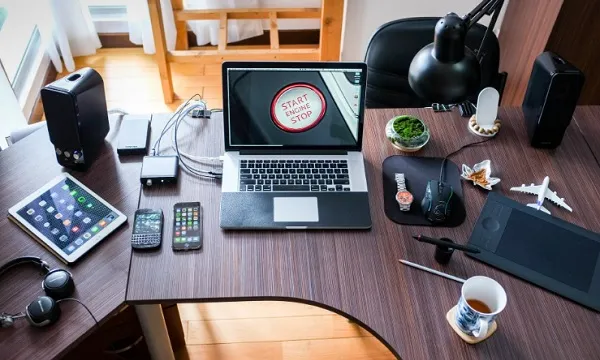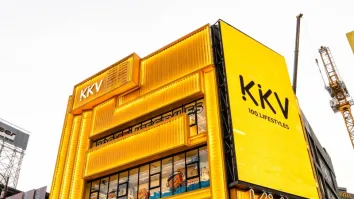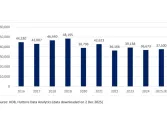
Consumer electronics spending weakens in APAC
Markets with underdeveloped e-commerce infrastructure could struggle.
Asia Pacific’s consumer electronics spending is expected to be weaker than initially expected as the sector is impacted largely by supply chain disruptions, retail store closures and rising unemployment due to weaker economic activity, according to Fitch Solutions.
In particular, markets which appear susceptible to a second wave of infections, or which have responded poorly in terms of containing outbreaks, have received greater downward revisions to their 2020 electronics sales forecasts.
At the same time, in markets where e-commerce infrastructure is still relatively underdeveloped, logistics assets may be unable to cope with a surge in online sales volumes, which would hit electronics spending. In South Asia, many e-commerce majors have been forced to clear warehouse space for essential items and daily necessities.
In China, the resumption of production and assembly in many of the country’s electronics hubs is expected to bode well for the market’s recovery in H2 2020. Indicators released in April and May suggested that the country’s industrial production grew YoY, whilst retail sales have showed signs of improvement.
Further, the official manufacturing Purchasing Manager’s Index (PMI) highlighted that China’s manufacturing industry was in expansionary territory in both months.
On the other hand, with the outbreak worsening in the country, India’s consumer electronics spending is expected to fall by as much as 9.9% in 2020, with recovery in the coming years not expected to put the segment back on its pre-pandemic growth trajectory.
India's telecoms regulator has also delayed the auction of 5G spectrum, which was slated for Q2, but this will only have a small impact on the market toward the long term. The price sensitivity of its consumers and the contraction of the market to a small number of players has long lessened the need for a race to market.



















 Advertise
Advertise





